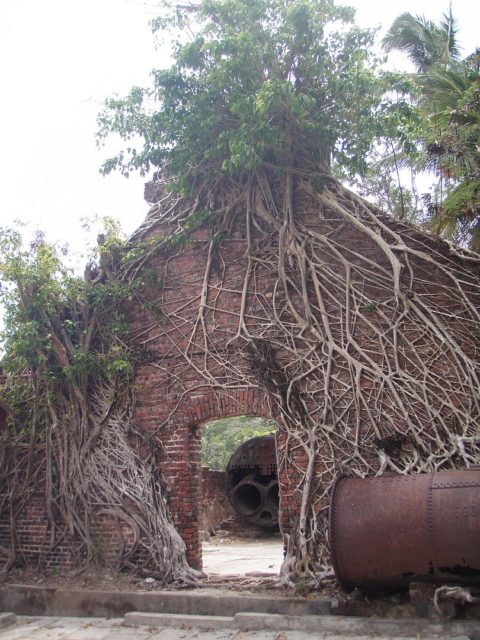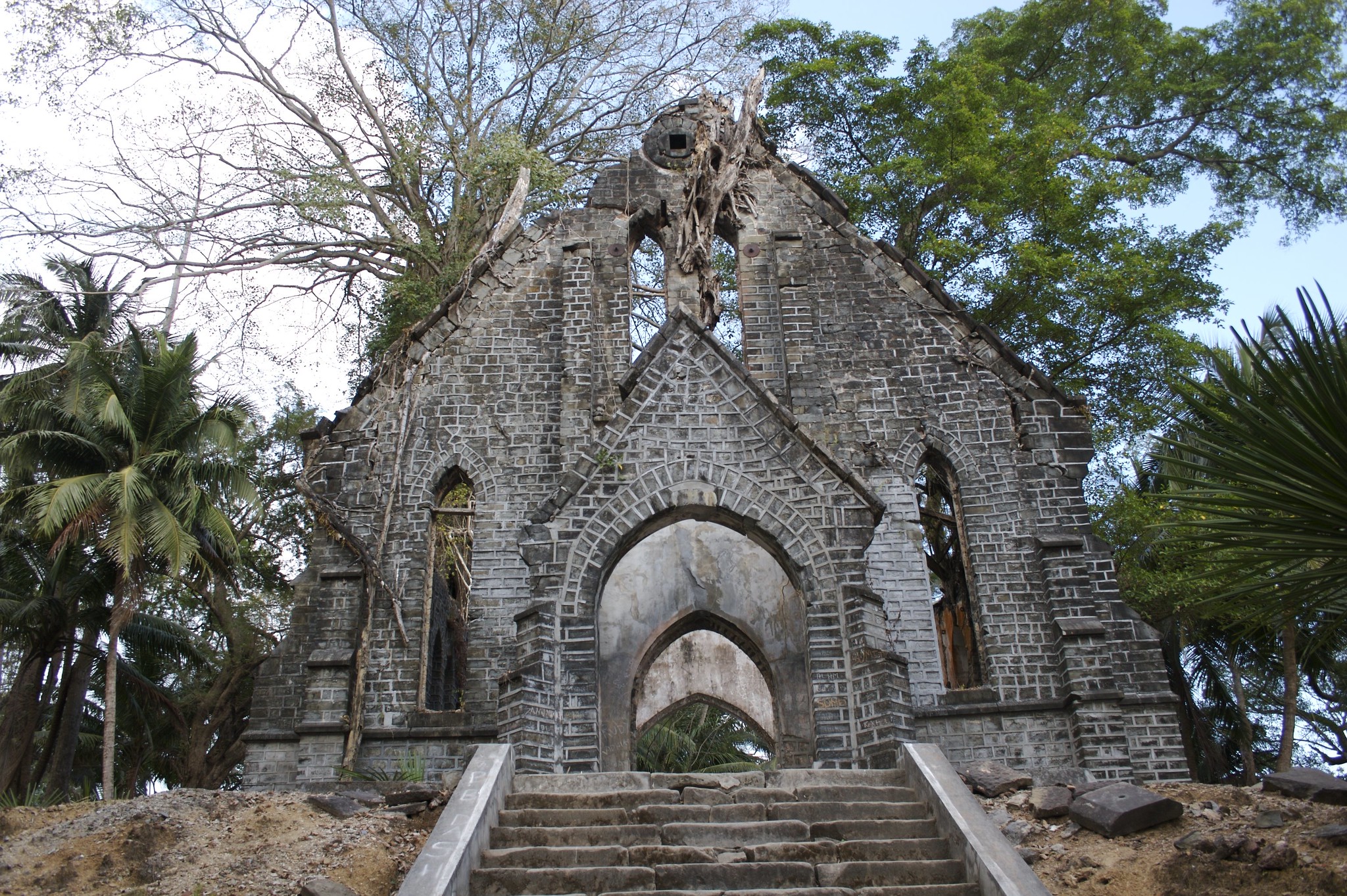Eight hundred miles off the coast of India, east of the South Andaman Islands, is the territory of Ross Island. In 1788, naval inspector Sir Daniel Ross landed on it and spent a whole year surveying the land.
In 1789, Ross was forced off this land due to the unpredictable weather, which alternated between tropical heat and monsoon rains. He might have been gone, but he wasn’t forgotten because the island was later named after him.
Ross Island is part of the Andaman and Nicobar Islands chain, which includes about 500 islands. All of the islands are small in size, but Ross Island is considered to be the smallest, measuring less than one-third of a square mile.
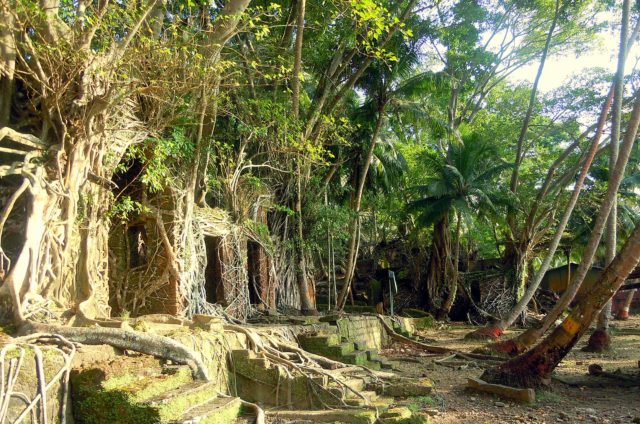
The British were the first Europeans to settle on the Andaman Islands, choosing to found both a naval base and a penal colony on Chatham Island. However, only a few years later, in 1796, the British were forced to leave the islands due to how fast illnesses such as malaria and dysentery were sweeping through their men.
It was 1857 before the British returned to the area, their arrival prompted by the beginning of the Indian Uprising, a rebellion that would eventually lead to India’s independence.
In those first years of the uprising, the British decided to build penal colonies on the outlying islands of Inda, where they would imprison any rebels and members of the Indian military. It was deemed necessary to build more prisons because the jails in mainland India were becoming overcrowded.
However, some sources suggest that to those of the Hindu religion, there was an extra punishment in being transported to an island. The kala pani makes it a taboo to cross the sea, and doing so would result in a loss of respectability and could result in social exclusion. For the British, this was seen as an additional reason to use Ross Island as a penal colony.
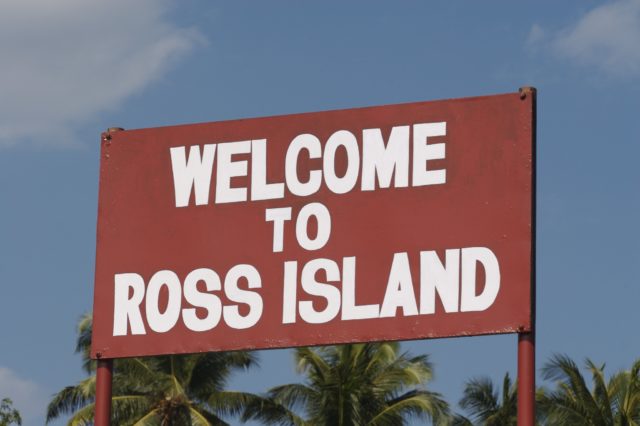
Ross Island was the first of the islands to become home to prisoners when, in 1858, the British arrived on the islands with 200 prisoners. It was also chosen to be the administrative headquarters of the colony, as it had a safe location, which minimized the chance of the island being attacked.
The prisoners were forced to construct residential buildings for their British captors, as well as a church, and a cemetery for British soldiers. Since Ross Island was covered with dense, humid forests, the prisoners were made to clear away the trees before they were forced to start construction work on the various institutions.
With well-kept gardens, tennis courts, pools, and a church with stained glass windows imported from Italy, the Ross Island settlement soon began to take the form of a luxurious colonial complex. Nevertheless, the isolated nature of the island made the Britons who lived there feel bored and cut-off.
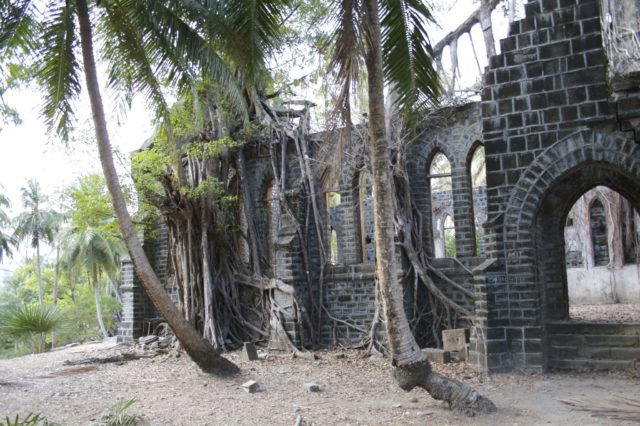
The tropical nature of these islands and the poor quality of life the inmates suffered meant that diseases swept through the prison population in a fast and deadly manner. It didn’t help that the inmates were already overcrowded in their cells, starving, and forced to carry out constant, hard physical labor.
In addition, the British used the prisoners in experiments to find a cure for malaria. This resulted in even more fatalities in the Ross Island prison. Eventually, after many atrocities, the prisons were officially closed in 1937, although some of the British citizens chose to remain there.
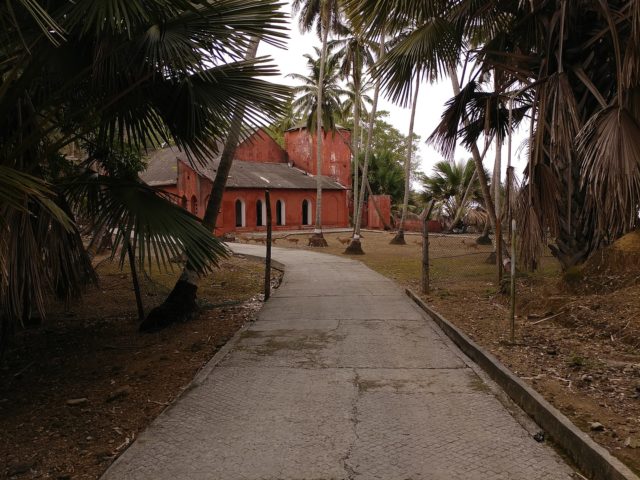
In 1941, a disaster occurred when an earthquake shook the Andaman Islands. There were about 3,000 fatalities, and both the landscape and the buildings on the islands were damaged. The British decided to withdraw from the island, setting up their base at Port Blair instead.
A year later, Japanese troops invaded and occupied the Andaman and Nicobar Islands. They stayed there for the next three years, stripping Ross Island bare for resources to build bunkers and turn the island into a safe zone.
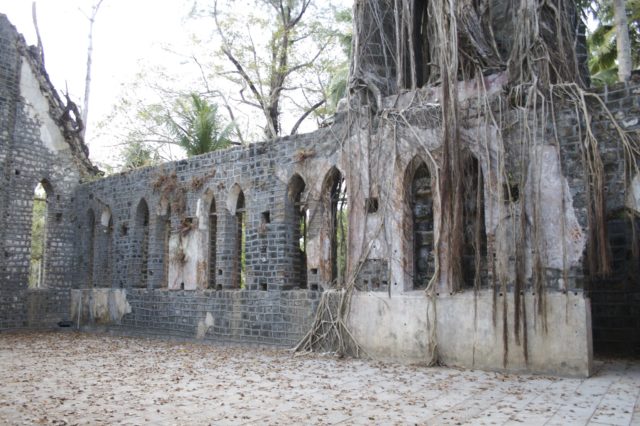
In 1945, British troops recaptured the island and disbanded the penal colony. Then, a few years after the end of World War II, India gained its independence, and the islands came under the control of the Indian government in 1947.
Although several of the other islands were repopulated, Ross Island remained abandoned, and trees began to grow up through the floors of the luxurious bungalows that the British had once occupied.
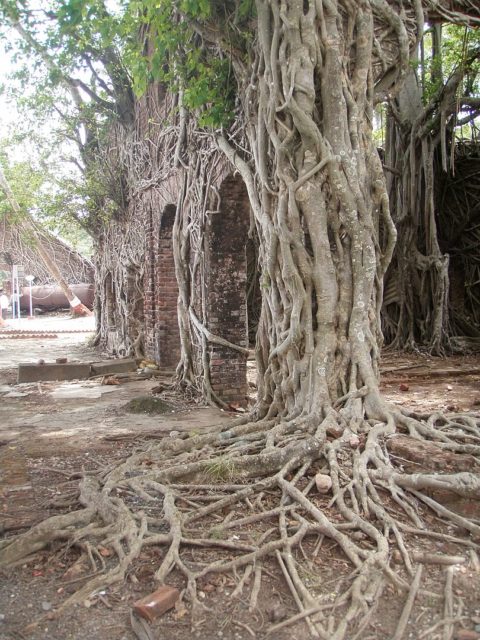
In 1979, Ross Island was officially transferred to the Indian Navy. A small base was built there, after which it was decided to open the island to the public. Ross Island became a tourist destination where visitors could see the surviving ruins of the prisons, the British colonial buildings, and the Japanese bunkers, all overrun with vines.
On December 30, 2018, Prime Minister Narendra Modi decreed that Ross Island would from then on be known as Netaji Subhash Chandra Bose Island, in honor of one of the most revered freedom fighters in Indian history.
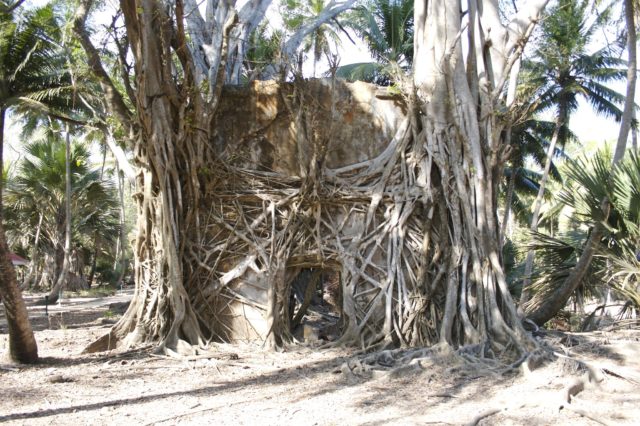
The island can be reached by taking a ferry from Port Blair. Only day trips are on offer because no one is permitted to live on the island, although there is a guesthouse there for visiting Navy officials. There is also a small museum for tourists as well as a few shops and food vendors. Visitors are likely to see wildlife that includes peacocks, deer, and ducks.
Heimo Müller, Graz is the photographer who took many of these beautiful shots of Ross Island. A big thank you to him for allowing us to include them in our article. Visit his Flickr page to see more of his photography of India.
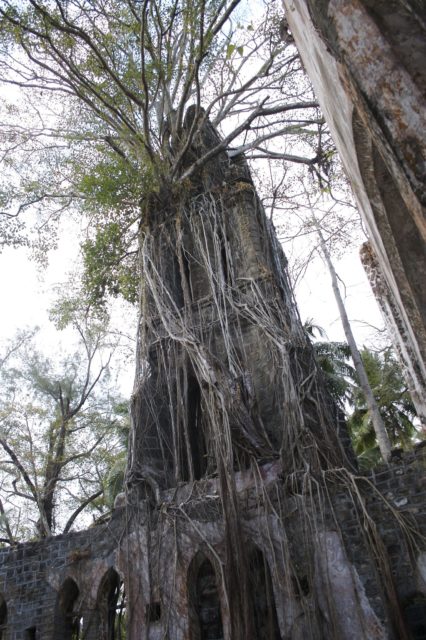
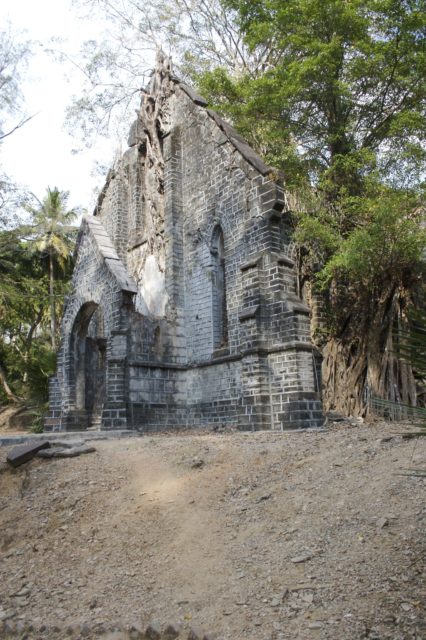
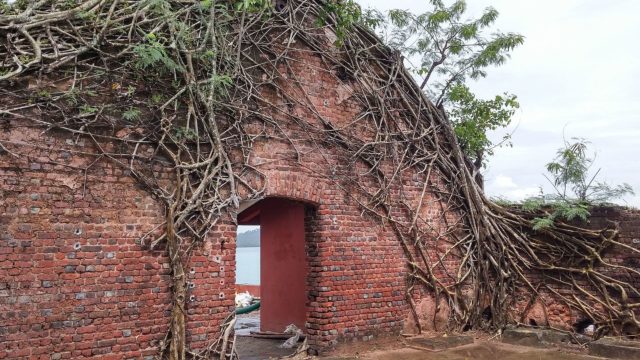
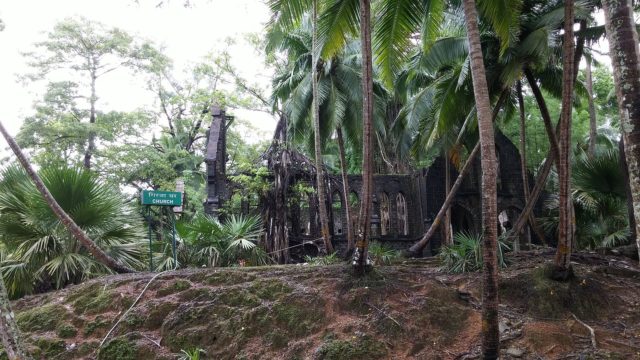
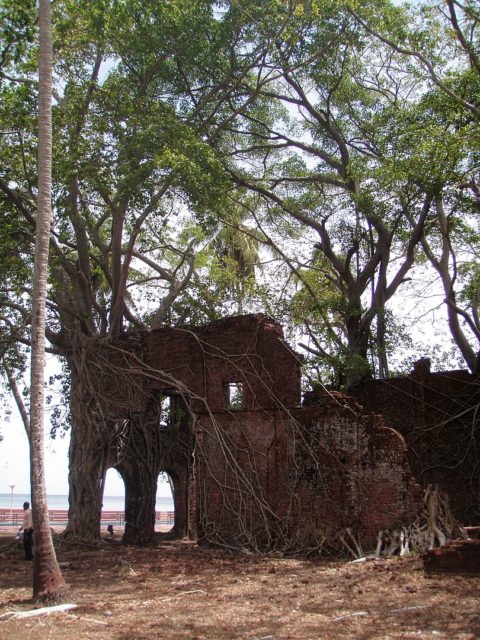
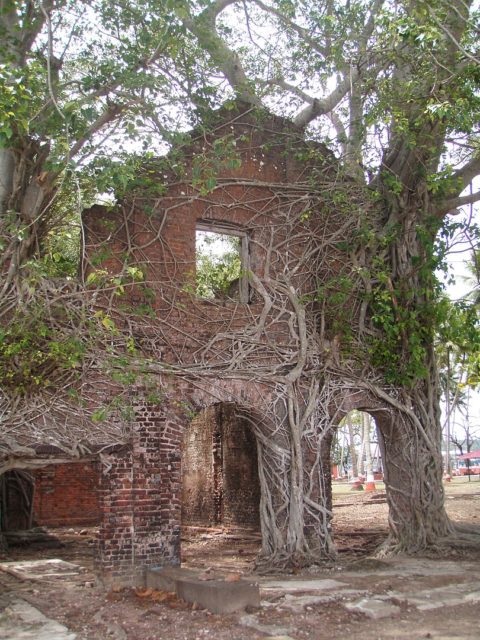
Another article from us: Abandoned Castle Hogemeyer in Belgium
